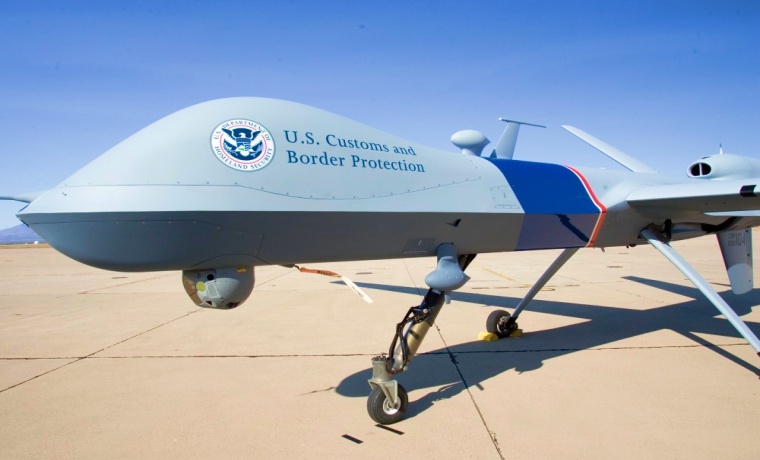The drug cartels are hacking US Border Patrol drones in order to cross the US-Mexican border illegally.

It has been reported by the US Department of Homeland Security (DHS) and the US Customs and Border Protection (CBP) agency that drug traffickers have hacked their UAVs to cross the US-Mexican border illegally.
UAVs (unmanned air vehicles) are being used by the US military quite extensively already and now these are in use by the other US law enforcement agencies such as border patrol and local police.
However, the difference is that the military owned drones are quite expensive and worth millions of dollars whereas the drones used by law enforcement and local agencies are smaller and less expensive. Understandably, the smaller drones aren’t as effective in evading hack attacks....MORE
That is because to minimize their cost, various standard drone modules need to be deleted including the one that ensures the security of the drone in the case of GPS spoofing, which is a trivial cyber-attack.
In GPS spoofing, attackers send GPS receivers fake GPS data. Every UAV contains a GPS receiver, which communicates with off-orbit satellites and navigates around the border for spying upon illegal crossers.
According to a research conducted by the University of Texas for DHS states (PDF) that:
“The current-generation unmanned systems are vulnerable to spoofing, hacking, and jamming. A destructive GPS spoofing attack against a rotorcraft UAV is both technically and operationally feasible.”When drug traffickers identified this flaw or shortcoming of the UAVs used by law enforcement they were quick to exploit it by sending wrong GPS coordinates that appeared to be generated by the authentic source.
The drone, resultantly, leaves the usual patrol area and heads to the section where it senses illegal entrance due to the misguiding fake coordinates.
As soon as this happens, the traffickers are able to safely cross the border. This scenario can be prevented only by using anti-GPS spoofing hardware while designing the drone....